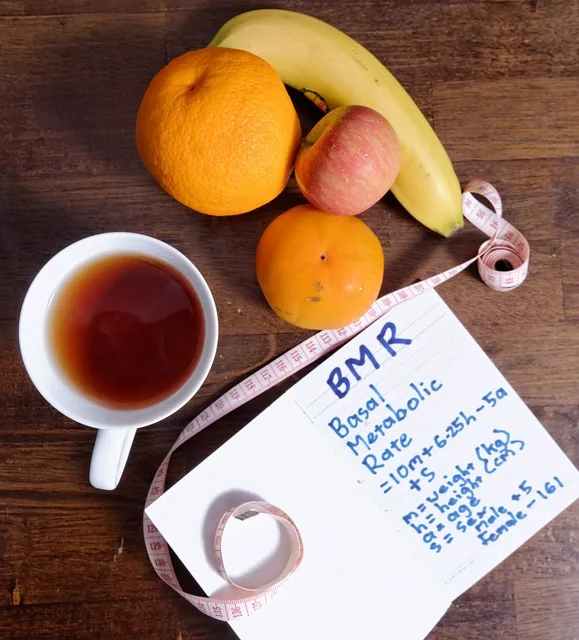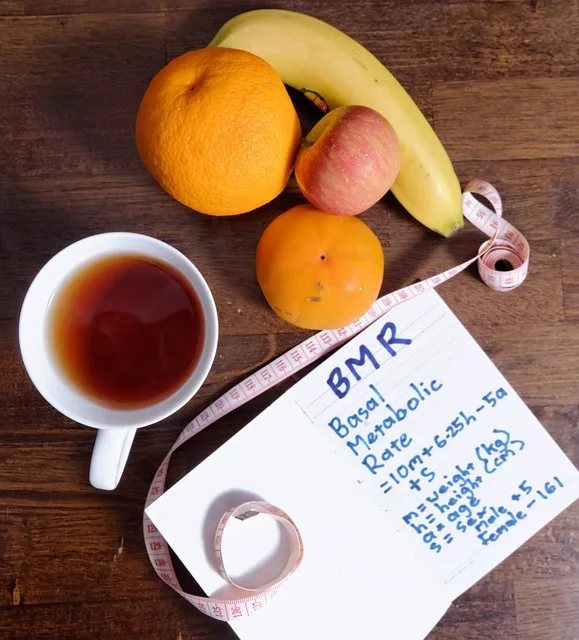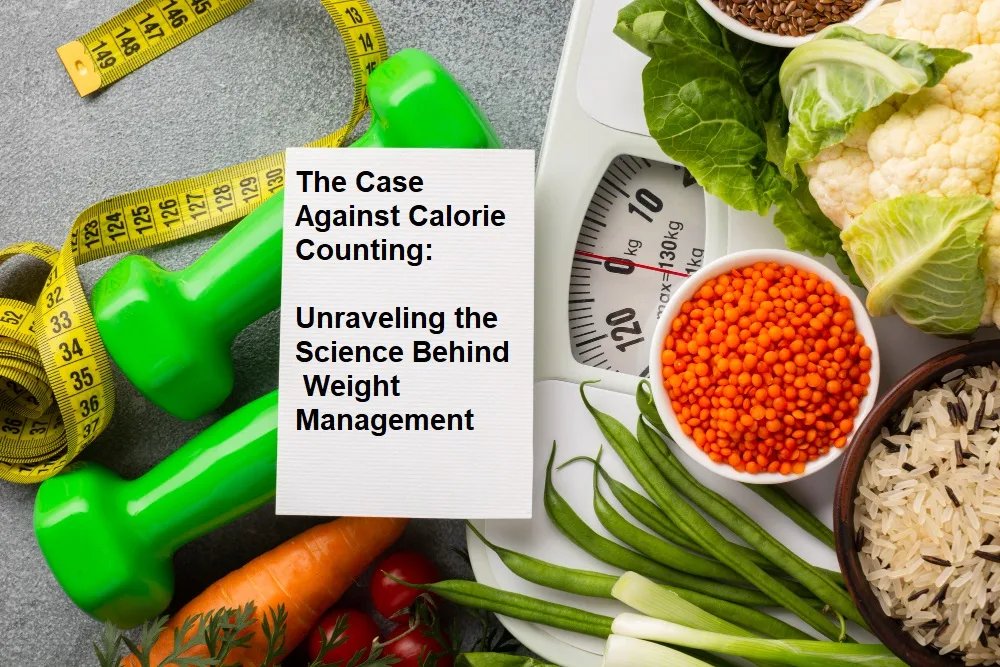Moderate amounts of regular cardio can aid in greater muscle growth and function over time.
Many people are intimidated by cardio, as if every minute spent doing it means a loss of muscle mass and strength. Some bodybuilders bash it simply because they don’t like doing it.
While it’s pretty clear that excessive cardio causes muscle loss (just look at any marathon runner), moderate amounts of regular cardio can help you build more muscle over time.
Continue reading this article that explains how you will use cardio to build muscle without losing your muscle mass, let’s take a look at how it works.
Benefits of moderate amounts of cardio
Moderate amounts of cardio certainly don’t affect muscle growth and may even accelerate it, and cardio provides other health benefits as well.
I recommend that you make cardio a regular part of your routine, whether you are cutting, bulking or maintaining.
The muscle-related benefits of cardio are especially true if the exercise closely mimics the motions used in exercises such as bicycling or rowing to build muscle.
These benefits were demonstrated in a particularly interesting study by researchers at Stephen F. Austin State University. What they found is that the type of cardio had a profound effect on the subjects’ ability to gain strength and size in their weight lifting. The subjects who did running and walking for their cardio gained significantly less strength and size than the cyclists. 1
A similar effect was observed in a study by researchers at the University of Wisconsin. They divided 30 untrained men into two groups, and had one follow a weight training program three days per week, and the other cycle for 50 minutes. After 10 weeks, they found that the men who did bicycling in addition to training with weights gained more thigh muscle than the weights-only group. 2
Personally, I’ve been cycling 2-4 times per week for over a year, and I’ve enjoyed tremendous improvements in my cardiovascular endurance and resting heart rate.
While I can’t conclusively say that I built more leg muscle than this, I did notice an initial increase in leg strength as they had to adapt to the new stimulus.
Primary ways of cardio to build muscle
Listed below are the three primary ways you can use cardio to build more muscle without losing muscle:
- Cardio and muscle recovery
- Cardio and Your Metabolism
- Cardio conditioning
1. Cardio and muscle recovery
As you know, intense exercise causes damage to muscle fibers, which must be repaired. This damage is a likely primary cause of the soreness you feel a day or two after a workout, known as delayed-onset muscle soreness (DOMS).
Repair of damage is a complex process that is partially controlled by two simple factors: the amount of “raw materials” needed for repair that are brought into damaged muscle over time and the speed at which waste products are removed.
Well, cardio can help your body repair muscle damage more quickly because it increases blood flow to different areas of the body.
This type of “active recovery” provides the muscles with more “raw materials” for use and removes waste products, resulting in a quicker recovery period. 3
However, it’s worth noting that these benefits are primarily seen in the legs, as most forms of cardio do not involve the upper body.
If you want to boost full-body recovery, you’ll need to do something that works your upper body, like using your arms to pump on a rowing machine or elliptical machine.
2. Cardio and Your Metabolism
In your mass diet fantasy, all nutrients eaten would be sucked into the muscles and either absorbed or burned with no result in fat storage; And when you restrict your calories for fat loss, all of your energy needs will be met by burning fat only, not muscle.
However, the reality is that bodies do these things in varying amounts. Some people store less body fat when they eat more than others, and some can get away with a large calorie deficit without losing muscle.
Genetics and anabolic hormone levels are the major players here, which means there’s not much you can do about how your body responds to a calorie surplus or deficit.
If you’re not part of the genetic elite, all is not lost, because insulin sensitivity is an important factor in what your body does with the food you eat, and it’s something you can positively change.
Maintaining insulin sensitivity is highly beneficial when you’re eating a surplus of calories to build muscle, while insulin resistance inhibits muscle growth and promotes fat storage.
This is where cardio comes in because it improves insulin sensitivity and does so in a dose-dependent manner; Meaning the more you do, the more profit you get. 4 5
In this way, doing cardio can help your muscles better absorb the nutrients you eat, which means more muscle growth and less fat storage over time.
3. Cardio conditioning
A common issue in the bodybuilding world is the dramatic decrease in cardiovascular fitness when focusing only on bulking and heavy lifting for months on end.
Building one’s cardio conditioning back up is not only inconvenient, but doing absolutely no cardio to do multiple sessions per week puts a lot of stress on the body in addition to putting yourself in a caloric deficit. This added stress makes weight loss difficult physically and psychologically, and it can also accelerate muscle loss. 6
However, by doing regular cardio throughout the year, you can maintain metabolic conditioning and prevent the systemic “shell shock” that many people experience during the beginning of a cut.
It’s also common for people who have bulked up for months without cardio to experience an initial lag in weight loss. 7
I have yet to find a satisfactory explanation for why this happens, but it may be related to the fact that exercise improves the body’s ability to metabolize fat, and thus regular cardio optimizes this mechanism and can preserve. 8
- Gergley JC. Comparison of two lower-body modes of endurance training on lower-body strength development while concurrently training. J Strength Cond Res. 2009 May;23(3):979-87. doi: 10.1519/JSC.0b013e3181a0629d. PMID: 19387377.[↩]
- McCarthy JP, Pozniak MA, Agre JC. Neuromuscular adaptations to concurrent strength and endurance training. Med Sci Sports Exerc. 2002 Mar;34(3):511-9. doi: 10.1097/00005768-200203000-00019. PMID: 11880817.[↩]
- Ahmaidi S, Granier P, Taoutaou Z, Mercier J, Dubouchaud H, Prefaut C. Effects of active recovery on plasma lactate and anaerobic power following repeated intensive exercise. Med Sci Sports Exerc. 1996 Apr;28(4):450-6. doi: 10.1097/00005768-199604000-00009. PMID: 8778550.[↩]
- Frøsig C, Richter EA. Improved insulin sensitivity after exercise: focus on insulin signaling. Obesity (Silver Spring). 2009 Dec;17 Suppl 3:S15-20. doi: 10.1038/oby.2009.383. PMID: 19927140.[↩]
- Dubé JJ, Allison KF, Rousson V, Goodpaster BH, Amati F. Exercise dose and insulin sensitivity: relevance for diabetes prevention. Med Sci Sports Exerc. 2012 May;44(5):793-9. doi: 10.1249/MSS.0b013e31823f679f. PMID: 22051572; PMCID: PMC3328621.[↩]
- Jens Juel Christiansen, Christian B. Djurhuus, Claus H. Gravholt, Per Iversen, Jens Sandahl Christiansen, Ole Schmitz, Jørgen Weeke, Jens Otto Lunde Jørgensen, Niels Møller, Effects of Cortisol on Carbohydrate, Lipid, and Protein Metabolism: Studies of Acute Cortisol Withdrawal in Adrenocortical Failure, The Journal of Clinical Endocrinology & Metabolism, Volume 92, Issue 9, 1 September 2007, Pages 3553–3559, doi: 10.1210/jc.2007-0445.[↩]
- Melanson EL, MacLean PS, Hill JO. Exercise improves fat metabolism in muscle but does not increase 24-h fat oxidation. Exerc Sport Sci Rev. 2009 Apr;37(2):93-101. doi: 10.1097/JES.0b013e31819c2f0b. PMID: 19305201; PMCID: PMC2885974.[↩]
- Source: Bigger Leaner Stronger: The Simple Science of Building the Ultimate Male Body. By Michael Matthews. Available here: https://amzn.to/3S7dyYD[↩]














